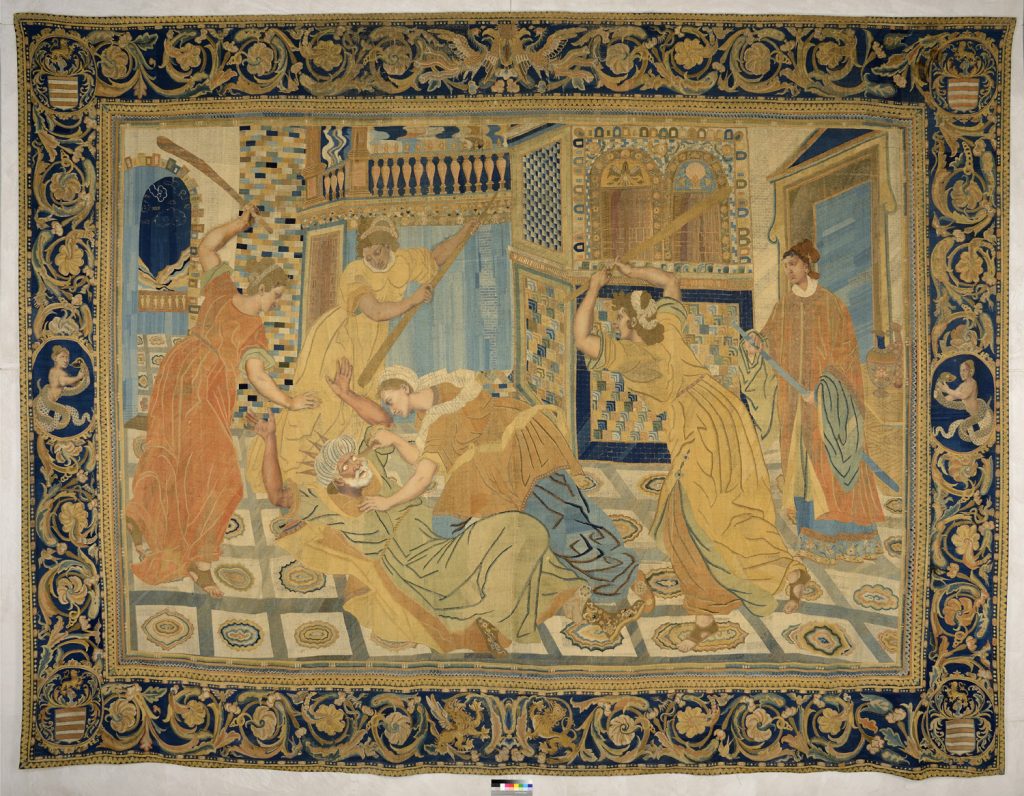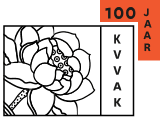The Trojan War’s Journey East: Adaptation from Antwerp Prints to Macau Embroidered Tapestries

This study examines a set of seven Chinese embroidered tapestries depicting the Trojan War narrative, produced in seventeenth-century Macau, revealing sophisticated patterns of cross-cultural artistic adaptation during early modern global exchange. Through comparative visual analysis, this research uncovers the previously unidentified source of these tapestries in illustrations from Ovid’s ‘Metamorphoses’ (Antwerp, 1591), establishing systematic principles of cultural translation. These principles parallel techniques found in Jesuit-commissioned Chinese prints that similarly adapted European visual models. The analysis reveals how adaptation strategies operated across both religious and secular works as Western imagery moved through multiple transformations: from printed book illustrations to preparatory design cartoons and finally to embroidered textiles. Of particular significance is the role of the Antwerp Plantin Press and Jesuit missionaries in China, who served as crucial intermediaries introducing Western visual materials to Chinese artisans. These tapestries, commissioned within the context of Portuguese-Chinese relations in Macau, exemplify how cultural encounters generated innovative material expressions that contributed significantly to the development of Chinese export art while challenging conventional perspectives on Asian artistic production. By applying new ways of seeing to these hybrid artifacts, this research reexamines the complexity of early modern Asian-European artistic exchange while offering insights for cross-cultural studies.
Bio
Wenjin Li is a PhD candidate in Art History at KU Leuven (Katholieke Universiteit Leuven), Belgium. She earned her Bachelor’s and Master’s degrees from Donghua University, with a focus on textile studies. She has published academic articles in the Journal of Clothing Science. Her current research explores decorative arts in the context of seventeenth- and eighteenth-century Sino-Western cultural exchange, with a particular emphasis on the phenomenon of cross-cultural visual translation in tapestry art. Her broader research interests include export art in the early global era, the global circulation of textiles, and cultural adaptation strategies.
